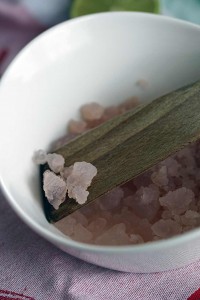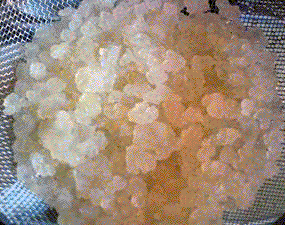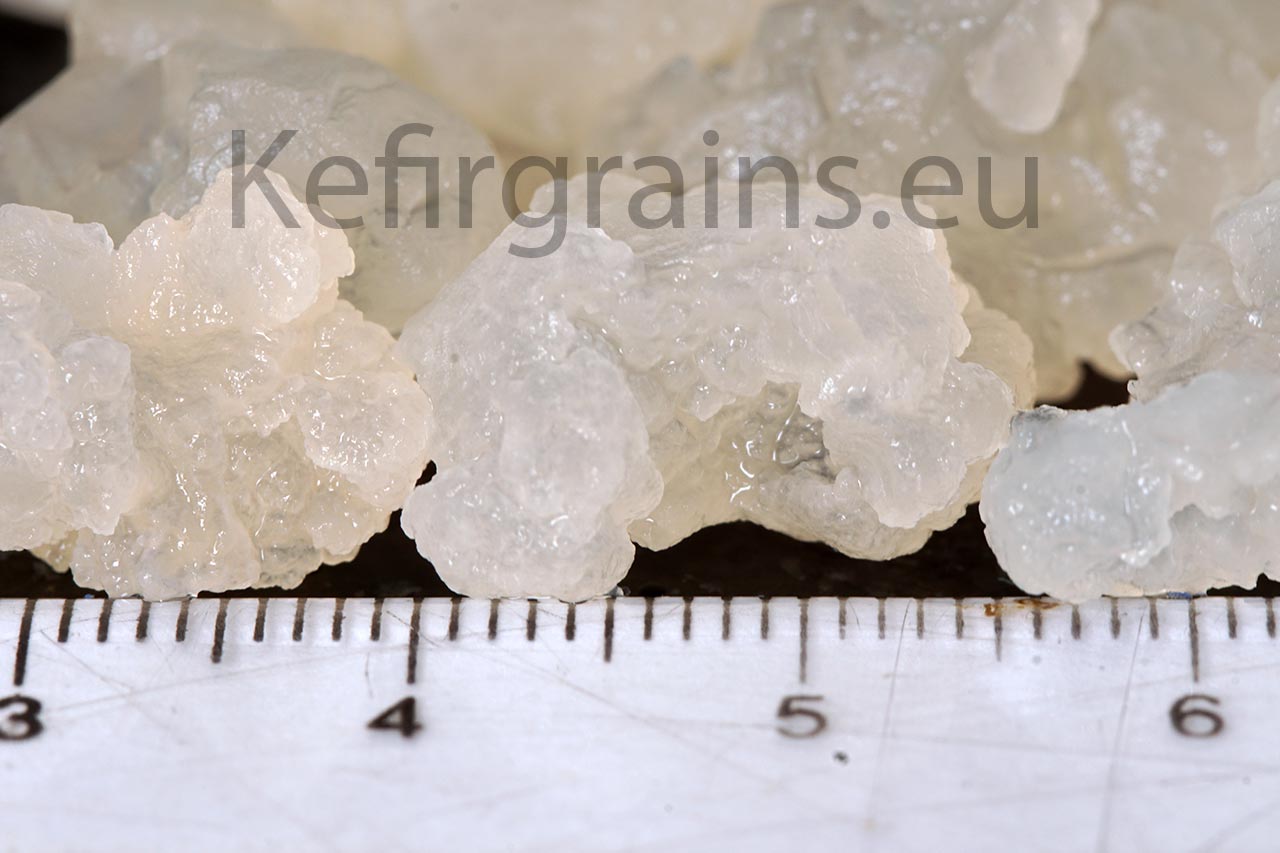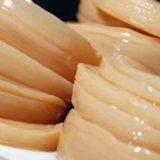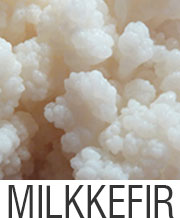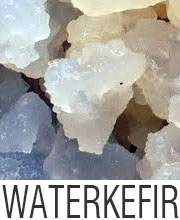Growth of water kefir grains in different seasons
Water Kefir brewing in different seasons
During the summer season, kefir ferments rapidly. The warm temperature facilitates the rapid growth of kefir. In striking contrast, the development of kefir grains is inconsistent during the fall and spring. The inconsistency in the evolution of water kefir grains is also noticed in extremes of temperature, such as a sweltering hot afternoon or a chilly night. Although the development of kefir grains slows down in winter, they can still ferment at frigid temperatures.
Kefir is sour and zesty during the summer season. On the other hand, during the winter season, kefir is mild. Due to the various strains of probiotic microorganisms present in water kefir can be fermented at different temperatures. These strains thrive and produce varying flavors depending on the temperature. This is the reason kefir has a different taste in different seasons.
Water kefir grains keep changing their shape and taste. Therefore, it is a little challenging to work with water kefir grains. You must wait patiently for the water kefir to show average growth. Sometimes, the development of water kefir grains lags for a few weeks, then the growth becomes routine, and after that, it suddenly shows 100-400 % growth.
Water kefir grains grow better during winter when mixed with more uncomplicated sugars, such as white sugar with molasses. During the summer, water kefir grains prefer slower-digesting sugars for proper growth. You may have difficulty handling water kefir grains during the winter season. Keep the kefir grains there if you can find a warm spot in winter. However, it would help if you did not expose the kefir grains to sunlight, as the UV rays can kill the bacteria.
Under proper and suitable conditions, kefir grains can grow from 5% to 400% within 24 to 48 hours. In the winter, the growth is around 5%, whereas in the summer, it is about 400%. During moderate temperatures, growth is between 5% to 400%. It is observed that the smaller kefir grains reproduce faster than the large kefir grains.
What are the seasonal variations in Kefir?
Like all living beings, Kefir undergoes intricate and subtle changes in response to the weather, environment, temperatures, and surroundings in which it finds itself. Kefir, like a plant, will continually be in flux and go through seasonal changes, just as a tree may be seen blossoming, growing, changing colors, and shedding its leaves. Kefir ferments significantly faster in the summer and at higher temperatures. It may be notably inconsistent in the spring and fall or whenever there is a significant temperature difference (such as a chilly night and sweltering day). Kefir is smoother in the winter and prefers lower temperatures. The allure of kefir’s symbiotic nature is that each strain has its strengths and weaknesses. They can ferment at a wide variety of temperatures when combined. Keeping these facts in mind, you will see that a specific temperature will allow some strains to operate significantly better, while others may be momentarily repressed. This phenomenon contributes to kefir’s varying flavors throughout the year. Water kefir is more volatile than milk kefir, frequently changing shape and taste, even when you’re unsure what’s causing it. Give it a couple of weeks, and it’ll usually return to something you’re more comfortable with. Water kefir has ‘down moments’ for various reasons. It may appear to languish and falter for a few weeks, then suddenly rocket up, duplicating growth. We discovered that kefir grains might proliferate and ferment in temperatures as low as 10° C. And we’ve found that trying to warm them doesn’t always appear to motivate them. You’ll have to experiment on your own this winter in your home! We’ve discovered that our grains prefer simpler sugars that break down and digest fast in the winter (such as white sugar with syrup) and digest longer sugars in the summer.
